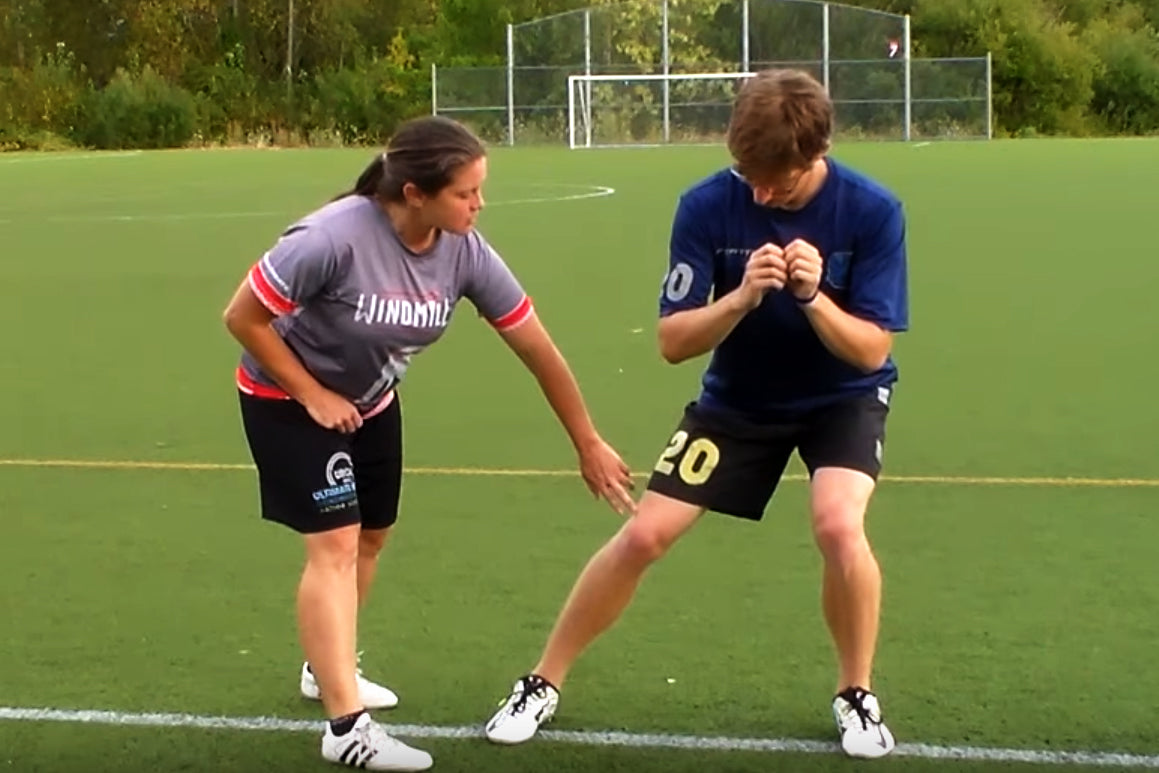Made of 26 bones, 33 joints and about 100 muscles and tendons, our feet are one of the most complex parts of the human body. They have to be agile enough to adapt to any track, but stable enough to ensure a firm base of support. It’s not worth saying that ultimate players are sorely testing them…
We sat with Dr. Michael Lovich, Chiropractic Functional Neurologist, Chiropractic Sports Physician and of course Ultimate player, to talk about the injuries that can happen to our feet while playing Ultimate.
If you’re interested in this topic, you may want to participate to our survey on Feet, Footwear and Lower Limb injuries in Ultimate.
Presentation

Founder of Delta S Performance, Dr. Michael Lovich has post-doctoral specialty training in functional movement based rehabilitation using therapeutic corrective exercises. Additionally, he has served as a medical director, team doctor, and on medical staff for various organizations and events in professional, amateur, collegiate and high school athletics.
On his website you can read: “My job is to stay updated and current with the research to provide the best possible treatment to keep you as healthy as possible. This is not a product you can buy, this is an experience you and I together use to change your life”.
What are, according to you, the most common injuries in Ultimate?
There is no other sport that involves constant jogging, breaking into a sprint at any given moment, and of course, repetitive cutting, to the extremes that ultimate frisbee takes it. Athletes need to train their whole body and brain to be able to provide the balance and agility needed to succeed on the field.
More often than not, I see ultimate athletes get lower extremity injuries. In this article, I’d like to ignore major injuries, like pathological fracture and sprains, and focus on the most common injuries. These are more mild injuries, like muscle strains, that can limit or hinder performance, although most players will try to play through. Most of these are very preventable and easily improved.

There are certain weak points that the sport of ultimate frisbee stresses more than others. For example, the power in throwing a flick comes from the Psoas Major and Iliacus muscles activating to drive your hip forward. The most common injury that I’ve seen has to do with one of the most important skills of the game: cutting.
The soleus muscle, when completely activated, performs “plantarflexion” of the ankle, it moves your ankle so your toes point away from your face.
Is there any recommendation or warning you’d like to make for Ultimate players?
A strong stable foot and knee, and a mobile ankle and hip should be the goal. It’s my recommendation when choosing ultimate footwear to avoid high-top shoes. So grab a Bosu Ball, strengthen and mobilize your ankle, and get crackin on some “short foot” exercises! I have found the Toe Pro made by Tom Michaud (mytoepro.com) to be most effective for strengthening the feet!
In terms of gear, is there anything you’d recommend watching for?
The best gear is no gear. Condition your body to be able to handle the rigors of playing Ultimate Frisbee. If you start to feel symptoms, start with kinesiology taping, I recommend RockTape or TheraTape. White athletic taping for an ankle wrap really only supports for about an hour anyway. We have some kinesiology taping strategies that have been really helpful.
When buying cleats, make sure you get cleats that fit your foot’s shape. In the ski industry we used to refer to boot fitting as trying to fit a rectangle into a cylinder. Same goes for cleats. Pick a pair that is lightweight and made to cradle your foot. Be careful using cleats that have a “wraparound” cuff, like the Nike Vapors, the tongue plays an important role in providing control for the upper part of the cleat as it contacts the talus. Learn how to use appropriate lace techniques to really allow your foot and shoe to move as a unit!
![[Interview] Injuries in Ultimate by Michael Lovich](http://tokay-ultimate.com/cdn/shop/articles/Interview_Injuries_in_Ultimate_by_Michael_Lovich.png?v=1730973901&width=1080)
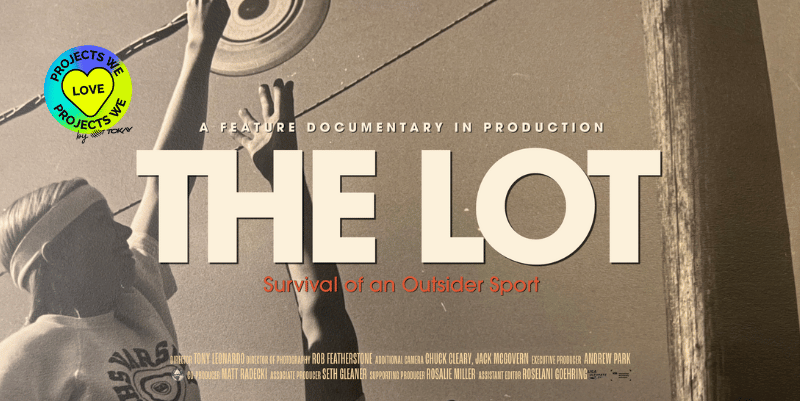
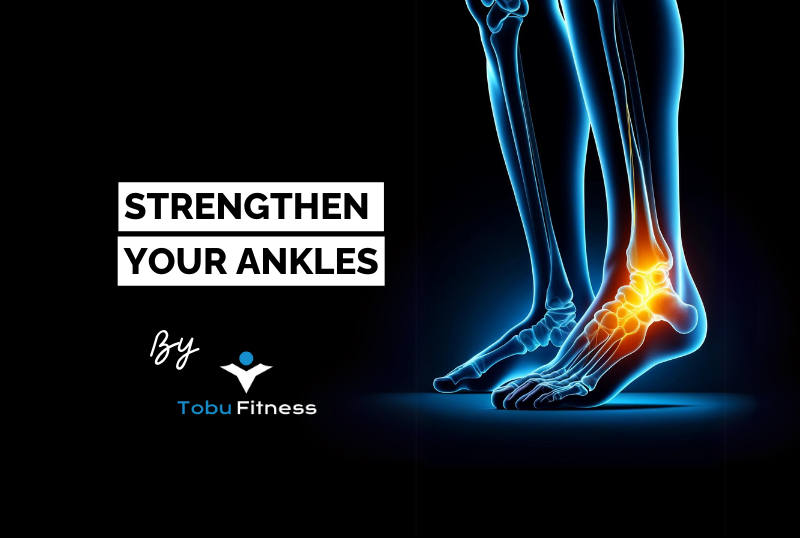
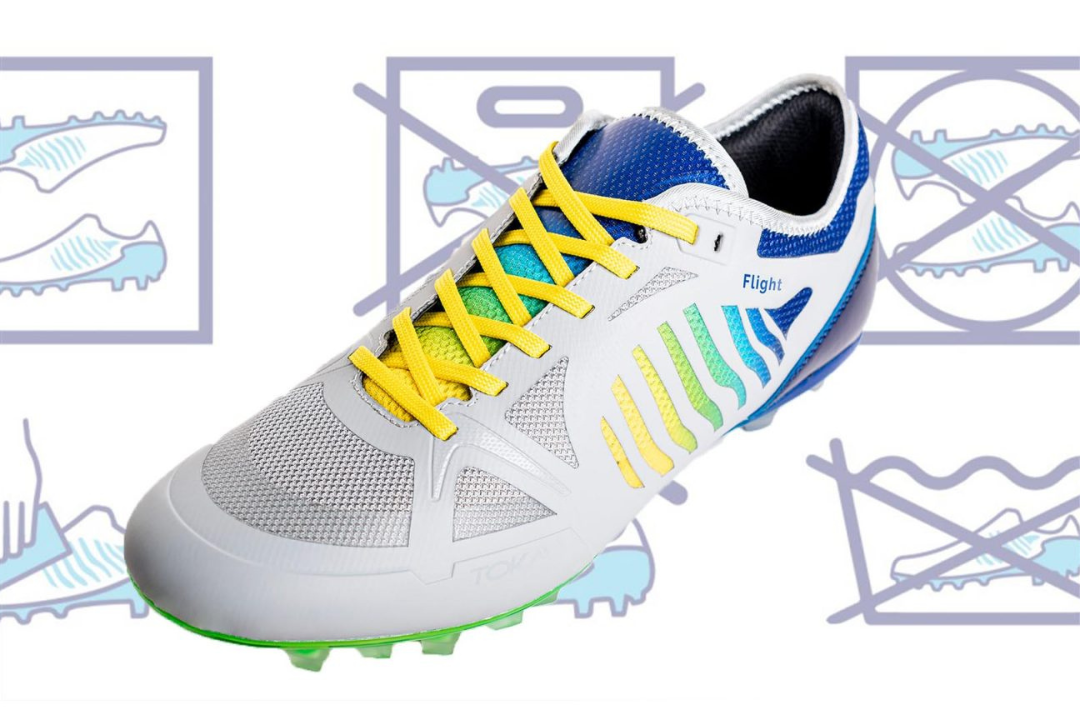
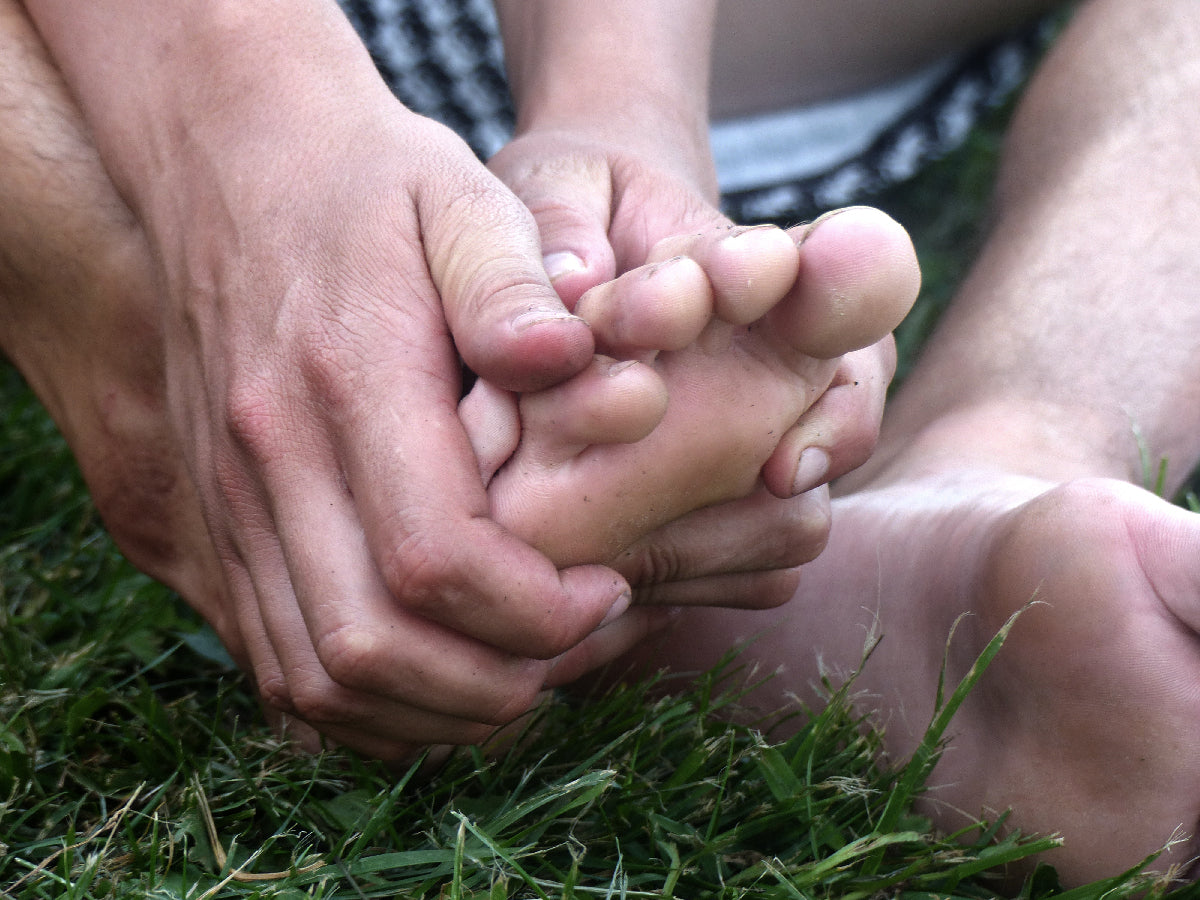
![[Interview] Ultimate feet injuries by chiropractor Amanda Moore](http://tokay-ultimate.com/cdn/shop/articles/amanda_moore.jpg?v=1730797747&width=1536)
